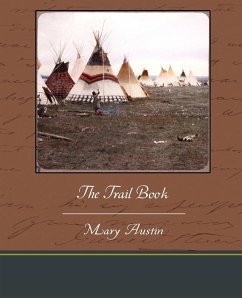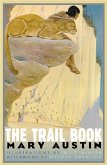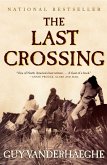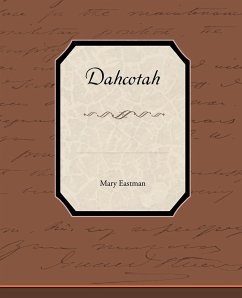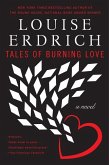Mary Austin was an early ecologist, feminist, and desert dweller. Her family moved to California in 1888 and established a homestead in the San Joaquin Valley. Her first play, The Arrowmaker, about Indian life, was produced at the New Theatre, (New York) in 1911. First published in 1918, The Trail Book is now considered a classic of American nature writing. Set in a New York museum, the exhibits come to life for two children. They enter the exhibits and have many adventures. The children discover the ways of the ancient Native Americans and the natural worlds they inhabited, as well as the impact on both Indians and wildlife from contact with European explorers
Hinweis: Dieser Artikel kann nur an eine deutsche Lieferadresse ausgeliefert werden.
Hinweis: Dieser Artikel kann nur an eine deutsche Lieferadresse ausgeliefert werden.

